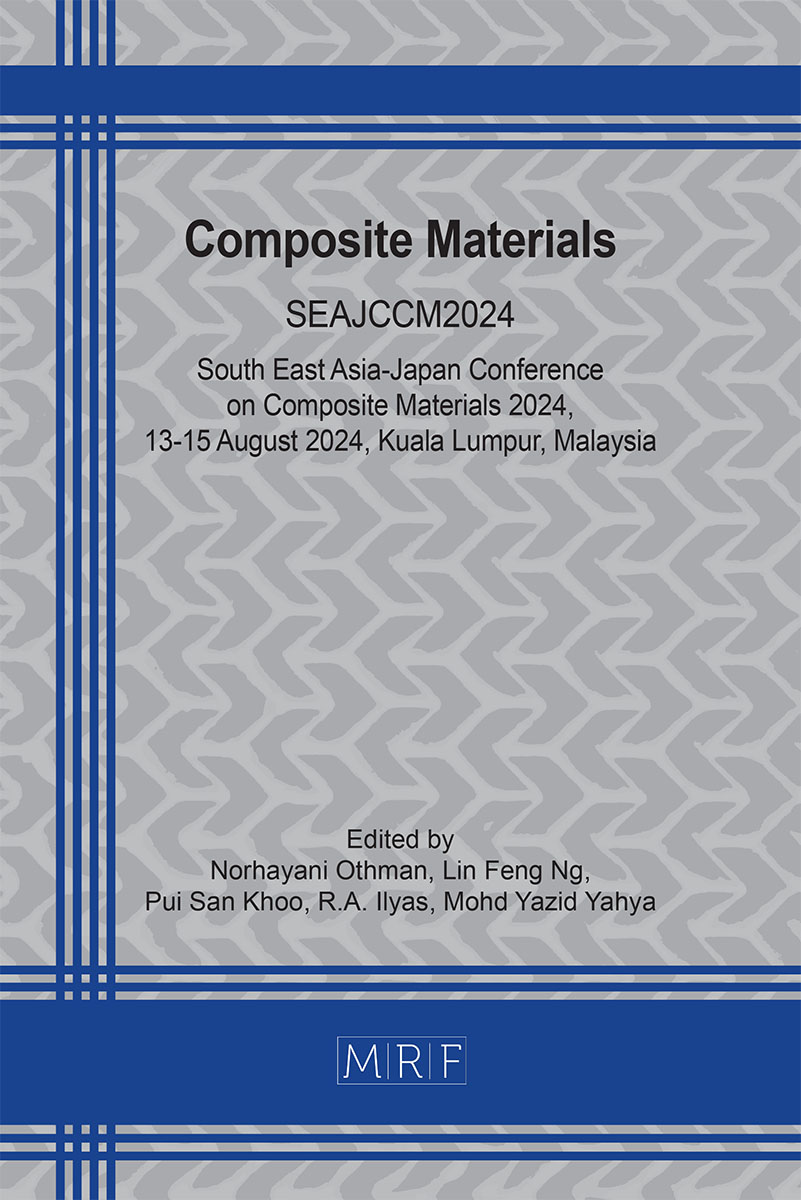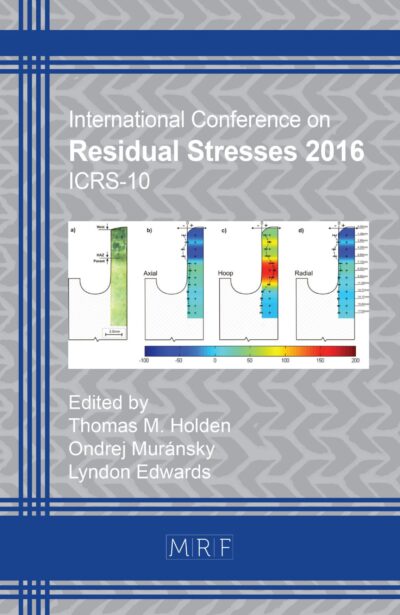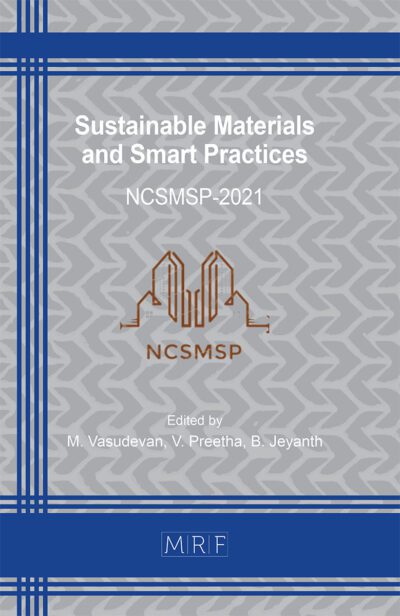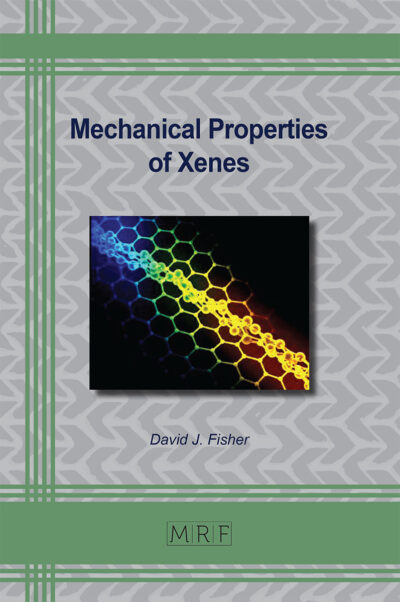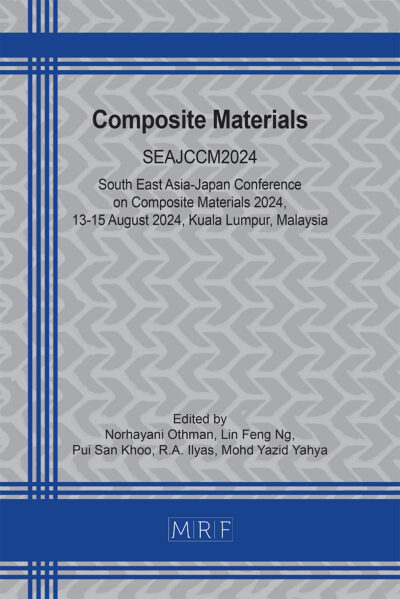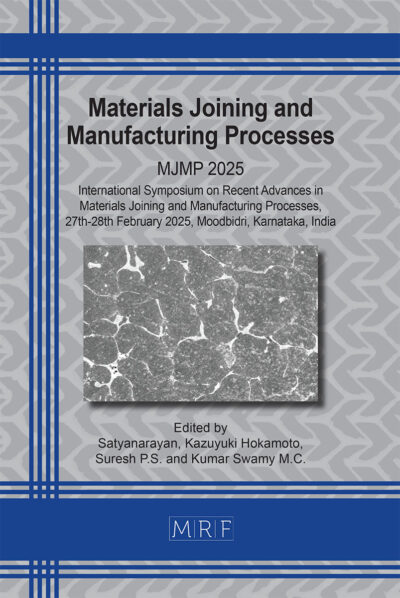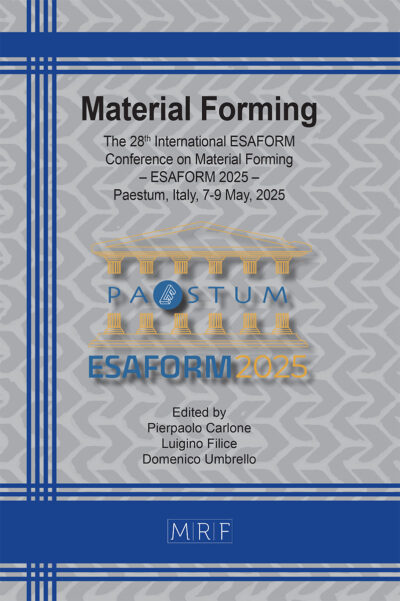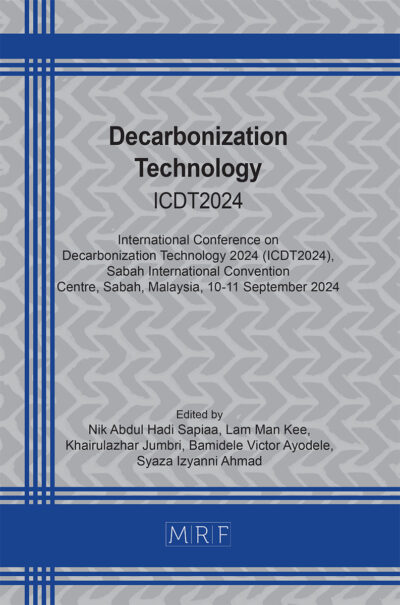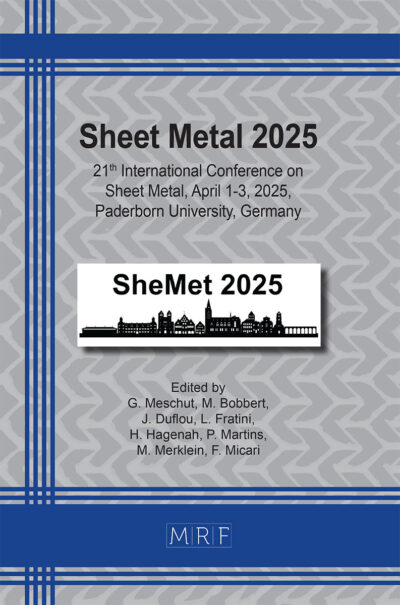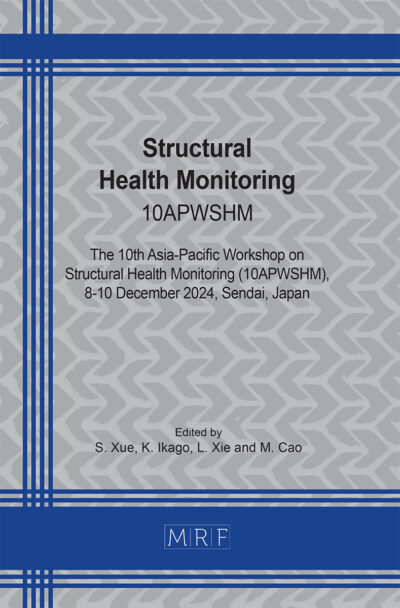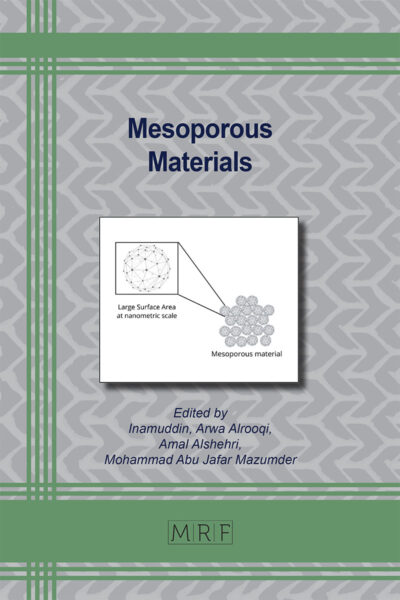Physical and Mechanical Properties of Steel-Polypropylene Composites Reinforced OPC Concrete
Meor Ahmad FARIS, Warid Wazien AHMAD ZAILANI, Muhammad Fahem MOHD TAHIR, Mohammad Firdaus ABU HASHIM, M.N.A. UDA, Mohd Ikram RAMLI, Mohammed Izzuddeen MOHD YAZID
Abstract. Fiber reinforced concrete (FRC) consists of a cement matrix with randomly dispersed fibers, enhancing its overall durability compared to conventional concrete. Ordinary Portland Cement (OPC) concrete faces significant challenges, and incorporating varying percentages of steel and polypropylene fibers may influence its physical and mechanical properties. This study aims to produce OPC-based reinforced concrete with composite fibers specifically, steel and polypropylene to determine the optimal fiber ratio for enhanced performance. The advantages of this research lie in identifying the ideal hybrid fiber ratio for producing high-performance concrete, along with determining the most suitable materials for specific conditions. Concrete samples with different fiber ratios will be tested to evaluate their physical and mechanical characteristics ranging from 0 % – to 2 %. Slump, density, and water absorption tests were conducted for physical analysis. Meanwhile, compressive strength is conducted for mechanical analysis. The slump test shows a reduction of workability when fibers are added compared to unreinforced concrete and shows a significant effect on the addition of steel compared to PP fibers. Density and water absorption show an effect of the addition of steel and PP fibers. The density of samples with additions of various fibers ranges from 2216 kg/m3 to 2451 kg/m3 which is within the ranges of normal concrete. Besides, the addition of hybrid fibers shows a range of water absorption 6.37 % (S1.5PP0.5) to 8.61 % (unreinforced concrete). Meanwhile, the compression test shows an improvement in the sample by adding hybrid steel-PP fibers. The findings indicate that a mixture containing 1.5% steel and 0.5% polypropylene fibers offers the highest performance.
Keywords
Geopolymer, Steel Fiber, Polypropylene Fiber, Reinforced Concrete, Hybrid Fibers
Published online 2025/06/01, 7 pages
Copyright © 2025 by the author(s)
Published under license by Materials Research Forum LLC., Millersville PA, USA
Citation: Meor Ahmad FARIS, Warid Wazien AHMAD ZAILANI, Muhammad Fahem MOHD TAHIR, Mohammad Firdaus ABU HASHIM, M.N.A. UDA, Mohd Ikram RAMLI, Mohammed Izzuddeen MOHD YAZID, Physical and Mechanical Properties of Steel-Polypropylene Composites Reinforced OPC Concrete, Materials Research Proceedings, Vol. 56, pp 101-107, 2025
DOI: https://doi.org/10.21741/9781644903636-11
The article was published as article 11 of the book Composite Materials
![]() Content from this work may be used under the terms of the Creative Commons Attribution 3.0 license. Any further distribution of this work must maintain attribution to the author(s) and the title of the work, journal citation and DOI.
Content from this work may be used under the terms of the Creative Commons Attribution 3.0 license. Any further distribution of this work must maintain attribution to the author(s) and the title of the work, journal citation and DOI.
References
[1] J. Blazy, R. Blazy, Polypropylene fiber reinforced concrete and its application in creating architectural forms of public spaces, Case Studies in Construction Materials 14 (2021) e00549. https://doi.org/10.1016/j.cscm.2021.e00549
[2] N.R. Iyer, An overview of cementitious construction materials, New materials in civil engineering (2020) 1-64. https://doi.org/10.1016/B978-0-12-818961-0.00001-6
[3] K.R. Kumar, G. Shyamala, A. Adesina, Structural performance of corroded reinforced concrete beams made with fiber-reinforced self-compacting concrete, Structures 32 (2021) 1145-1155. https://doi.org/10.1016/j.istruc.2021.03.079
[4] P.A. Nagar, N. Gupta, K. Kishore, A.K. Parashar, Coupled effect of B. Sphaericus bacteria and calcined clay mineral on OPC concrete, Materials Today: Proceedings 44 (2021) 113-117. https://doi.org/10.1016/j.matpr.2020.08.029
[5] X.K. Li, L. Sun, Y.Y. Zhou, S.B. Zhao, A review of stee-polypropylene hybrid fiber reinforced concrete, Applied Mechanics and Materials 238 (2012) 26-32. https://doi.org/10.4028/www.scientific.net/AMM.238.26
[6] S. Das, M.H.R. Sobuz, V.W. Tam, A.S.M. Akid, N.M. Sutan, F.M. Rahman, Effects of incorporating hybrid fibres on rheological and mechanical properties of fibre reinforced concrete, Construction and Building Materials 262 (2020) 120561. https://doi.org/10.1016/j.conbuildmat.2020.120561
[7] M. Mastali, A. Dalvand, A.R. Sattarifard, Z. Abdollahnejad, M.J.C.P.B.E. Illikainen, Characterization and optimization of hardened properties of self-consolidating concrete incorporating recycled steel, industrial steel, polypropylene and hybrid fibers, Composites Part B: Engineering 151 (2018) 186-200. https://doi.org/10.1016/j.compositesb.2018.06.021
[8] S.H. Kosmatka, W.C. Panarese, B. Kerkhoff, Design and control of concrete mixtures, 5420 (2002) 60077-1083. Skokie, IL: Portland cement association
[9] A. Akkaya, İ.H. Çağatay, Investigation of the density, porosity, and permeability properties of pervious concrete with different methods, Construction and Building Materials 294 (2021) 123539. https://doi.org/10.1016/j.conbuildmat.2021.123539
[10] V. Revilla-Cuesta, F. Faleschini, C. Pellegrino, M. Skaf, V. Ortega-López, Water transport and porosity trends of concrete containing integral additions of raw-crushed wind-turbine blade, Developments in the Built Environment 17 (2024) 100374. https://doi.org/10.1016/j.dibe.2024.100374
[11] A. Jameran, I.S. Ibrahim, S.H.S. Yazan, S.N.A. Rahim, Mechanical properties of steel-polypropylene fibre reinforced concrete under elevated temperature, Procedia Engineering 125 (2015) 818-824. https://doi.org/10.1016/j.proeng.2015.11.146

